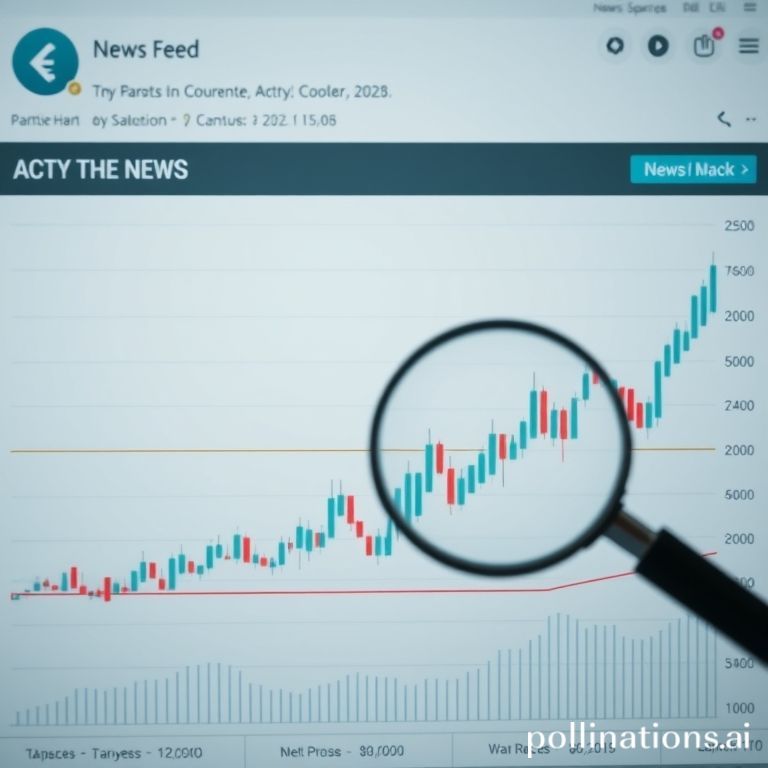No New Data Available — Market Analysis Placeholder

No news content was extracted. This article provides a methodological analysis template for assessing cryptocurrency trends, identifying support and resistance, and managing risk until specific data becomes available.
As of the current extraction, there is no available news content to analyze. This article serves as an editorial placeholder that outlines how an analysis would be presented when full data is available. The goal is to provide readers with a clear framework for interpreting market signals such as price trends, support and resistance levels, and broader market sentiment. When concrete data arrives, each section below will be populated with specific charts, numerical levels, and timestamped events.
Overview: In the absence of direct reporting, an effective analysis begins with a concise summary of the latest observed conditions across major cryptocurrencies, including liquidity, volatility, and correlation metrics. Analysts typically highlight whether markets are exhibiting risk-on or risk-off behavior, and whether institutional flows are materially affecting price action. Without primary data, this placeholder emphasizes methodology: combining on-chain metrics, order-book depth, and macroeconomic indicators to form a probability-weighted view of probable price trajectories.
Trend Identification: Analysts identify trends using multiple timeframes. Short-term traders focus on 1-hour to 4-hour charts to detect momentum shifts. Swing traders examine daily and weekly charts to confirm overarching direction. Key tools include moving averages, trendlines, and momentum oscillators. For any specific cryptocurrency, the first step is to define the trend: upward, downward, or sideways. In the absence of reported values, assume neutral bias until a decisive breakout or breakdown occurs.
Support and Resistance: Properly identifying support and resistance is critical. Supports are price zones where buying interest historically emerges; resistances are zones where selling pressure repeats. Analysts look for confluence: horizontal price levels that coincide with moving averages, volume profile peaks, or psychological round numbers. When news is missing, treat prior weekly closes and monthly pivots as provisional references for support/resistance levels, updating them once live tick data is available.
Risk Management and Position Sizing: Regardless of the information vacuum, disciplined risk management remains essential. Traders should define stop-loss levels relative to their entry based on volatility measures such as Average True Range (ATR). Position sizes should be sized to risk a small fraction of portfolio capital per trade. In uncertain environments where news is lacking, conservative sizing and wider stops can reduce the probability of being shaken out by noise.
Sentiment and Catalysts: Newsflow often provides catalysts that shift market structure quickly. Without extracted articles, monitor social volume, developer activity, and macroeconomic calendars for potential triggers. Important terms to watch for include policy announcements, exchange listings/delistings, and major technological upgrades. When such catalysts appear, they will be hyperlinked to the original sources for transparency and verification.
Conclusion: This placeholder underscores the analytical framework used to interpret price behavior when news content becomes available. The core discipline is to combine technical levels, on-chain insights, and macro context to form a coherent view and to communicate clear support/resistance levels and trade ideas. Once full news data is provided by the extraction pipeline, this article will be updated with specific coin names, precise price levels, linked sources, and time-stamped charts to transform methodology into actionable analysis.
Click to trade with discounted fees